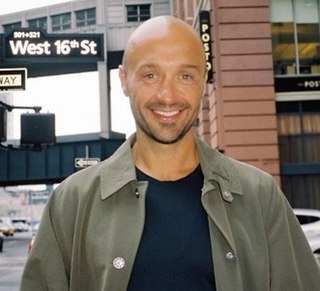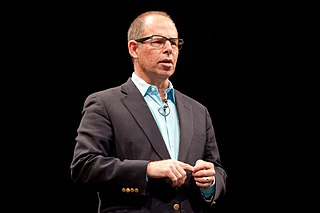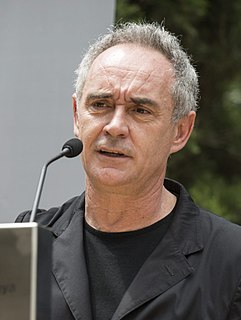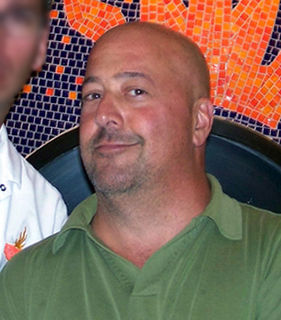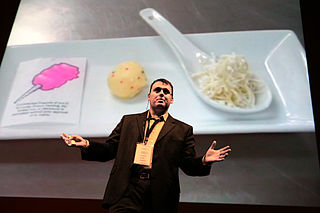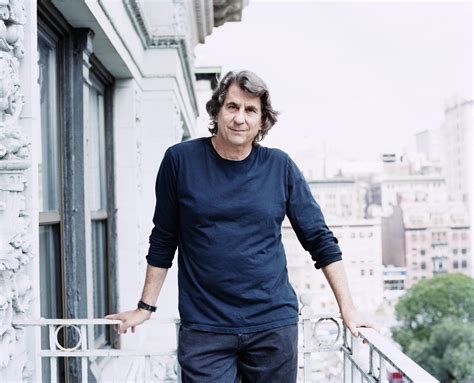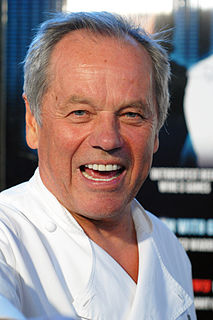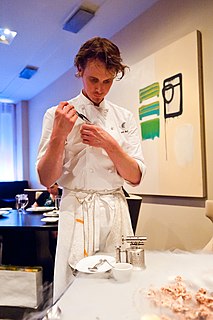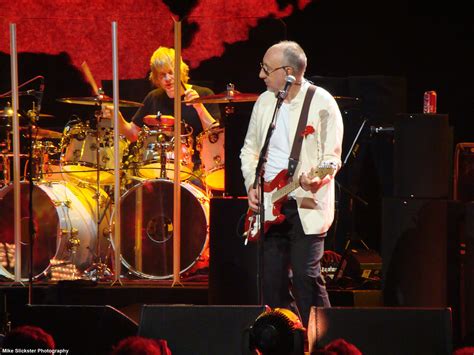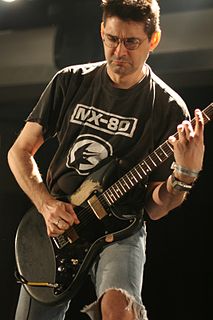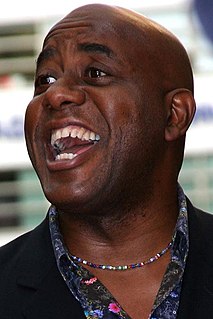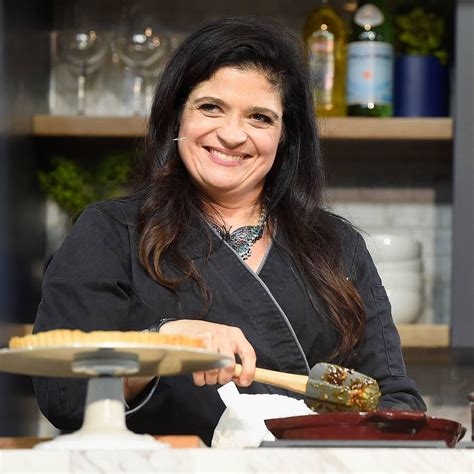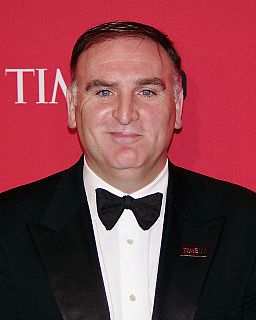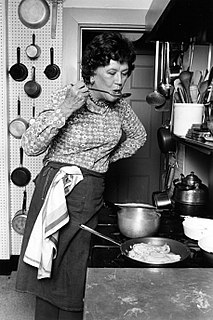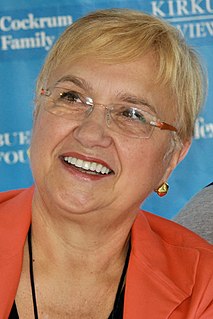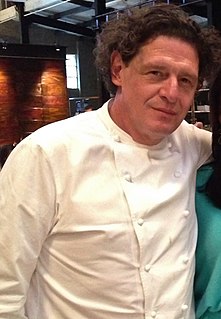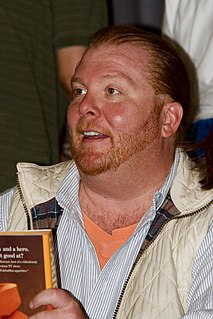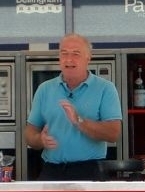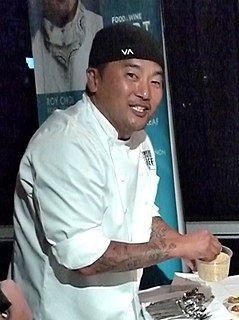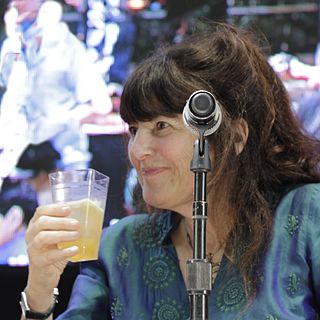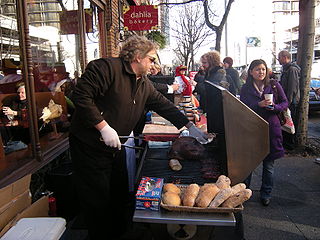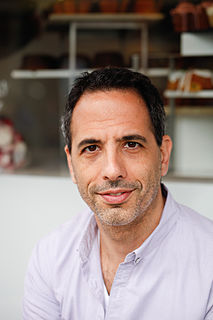A Quote by Joe Bastianich
I think a lot of people overlook the importance of the menu as a marketing tool and a way of communicating to the customer what the ambition of their restaurant is. Not only the typeface and the design, but what is it printed on? Is it cheap-looking? Is it the right kind of paper for that restaurant?
Related Quotes
Certain kinds of typeface design and typographic design are designed to persuade: we can make this company look modern if we use a crisp sans serif typeface, or we can make this restaurant look like its been around forever if we use typefaces and layout styles that have been around forever too. But there are other categories, and ballot design is one of them, where the goal should be to be purely functional. There have been notable failures in this category.
It's very important in a restaurant to really do the right hiring because there's no restaurant that you have one cook and one chef and nobody else in the kitchen. Generally you have five, ten, 15 people with you. So that's really important is to train them right, but first you have to hire the right people.
Growing up as a young kid, I was in a restaurant. So, you know, I always had a very good understanding of the nuances. And in a way, that was a bad thing. Because it kind of programmed me to believe that if you're going have a restaurant, this is what you need to do, and this is the way it's going to be run.
There is often with restaurant reviews in particular, I think, this kind of impulse to be deferential and bow down to the greatness of the restaurant and the greatness of the chef, and then with great regret to say, "And yet, all is not as it should be in the kingdom," and I didn't want to do any of that.
